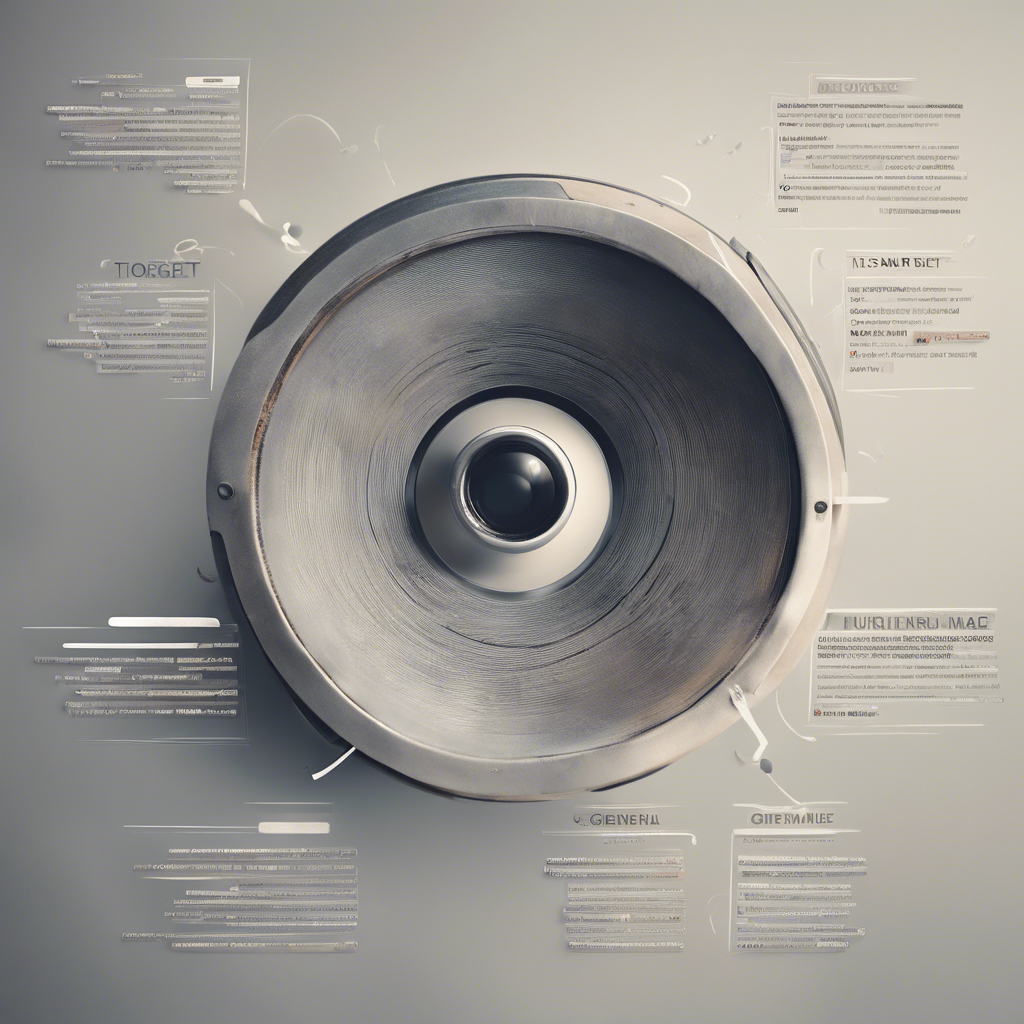The Impact of Social Media on the Art World
- ChatStick For Brand
- Jul 1, 2024
- 6 min read

In today's digital age, social media has become an integral part of our daily lives, fundamentally changing how we connect with others, share information, and engage with content. The rise of platforms like Instagram, Facebook, and Twitter has not only altered the way we communicate but has also reshaped entire industries. One such field that has experienced a profound shift due to social media's influence is the art world.
Social media platforms have provided artists with unprecedented opportunities to showcase their work to a global audience, breaking down traditional barriers to entry in the art industry. Artists can now bypass traditional gatekeepers such as galleries and museums, allowing them to directly connect with art enthusiasts, collectors, and potential buyers. This democratization of the art world has empowered emerging artists to gain recognition and visibility that was once reserved for established figures.
Moreover, social media has enabled art lovers to discover new artists, movements, and styles with just a few clicks, fostering a more diverse and inclusive art community. Through features like hashtags and algorithms that curate personalized content, users can explore a vast array of artistic expressions and perspectives, expanding their artistic horizons beyond what they would encounter in traditional art settings.
Furthermore, social media has redefined the way art is marketed and sold. Artists can leverage platforms to promote upcoming exhibitions, share behind-the-scenes glimpses of their creative process, and even sell their artwork directly to followers. This direct-to-consumer approach has streamlined the art-buying process, making it more accessible and transparent for both artists and collectors.
In essence, social media has revolutionized the art industry by fostering creativity, community, and accessibility. As we continue to embrace the digital landscape, it is clear that social media will remain a powerful force in shaping the future of art, connecting artists and art enthusiasts in ways that were once unimaginable.
1. Global Exposure
Social media platforms like Instagram, Facebook, and Twitter have revolutionized the way artists connect with their audience. By leveraging these platforms, artists can transcend geographical boundaries and share their creativity with a diverse global audience. The power of social media lies in its ability to democratize art, allowing emerging and established artists alike to showcase their work without the constraints of traditional gatekeepers.
Through strategic use of hashtags, collaborations with other artists, and engaging with followers, artists can build a loyal fan base that appreciates and supports their craft. The interactive nature of social media enables artists to receive instant feedback, fostering a dynamic relationship with their audience. This direct line of communication not only enhances the artist's visibility but also provides valuable insights into the preferences and tastes of their followers.
Moreover, social media offers artists a platform for experimentation and innovation. They can share behind-the-scenes glimpses into their creative process, conduct live demonstrations, or even crowdsource ideas for new projects. This transparency and accessibility humanize the artist, making their work more relatable and engaging to a wide range of viewers.
In essence, social media has democratized the art world, empowering artists to take control of their own narrative and connect with a global audience on their own terms. By embracing these digital tools, artists can amplify their reach, foster meaningful connections, and ultimately thrive in a rapidly evolving creative landscape.

2. Democratization of Art

Social media platforms have revolutionized the art industry by breaking down traditional barriers and opening up new avenues for artists to showcase their work. In the past, art was often confined to exclusive galleries and museums, limiting its reach to a privileged few. However, with the advent of social media, artists now have the opportunity to share their creations with a global audience at the click of a button.
One of the most significant impacts of this democratization is the ability for emerging artists to gain visibility and recognition without having to rely on established institutions. Through platforms like Instagram, Twitter, and TikTok, artists can build their own following, engage directly with their audience, and even sell their artwork without the need for a traditional gallery representation.
Furthermore, social media has enabled art enthusiasts to explore a diverse range of artistic styles and movements from around the world. By following artists, art collectives, and online exhibitions, individuals can immerse themselves in a rich tapestry of creativity that transcends geographical boundaries.
Overall, the democratization of the art world through social media has fostered a more inclusive and diverse creative community, where artists of all backgrounds and experiences can thrive and connect with audiences on a global scale.
3. Artistic Communities
Artistic communities have found a thriving ecosystem on social media platforms, revolutionizing the way artists interact and showcase their work. Through the power of connectivity, platforms such as Pinterest and Tumblr have become virtual hubs where creativity knows no bounds. Artists, collectors, and enthusiasts from all corners of the globe converge in these digital spaces to not only share their creations but also to engage in meaningful discussions, provide constructive feedback, and offer support to one another.
One of the most fascinating aspects of these online communities is the concept of digital mood boards. These platforms serve as a visual playground where artists can curate and share their inspirations, ideas, and works-in-progress. By scrolling through these virtual galleries, creatives can draw inspiration from a diverse range of sources, sparking new ideas and fueling their artistic endeavors. The collaborative nature of these platforms encourages artists to experiment, push boundaries, and explore new artistic movements.

Moreover, the impact of these online communities goes beyond mere inspiration. They play a crucial role in nurturing talent by providing a platform for emerging artists to showcase their work to a global audience. Through the power of social media, artists can gain exposure, connect with potential collaborators, and even attract the attention of collectors and art enthusiasts. This democratization of the art world has opened up new avenues for artists to thrive, regardless of their background or geographic location.
In essence, these artistic communities on social media have redefined the way we perceive and engage with art. They have created a dynamic and inclusive space where creativity flourishes, boundaries blur, and connections are forged. By fostering a supportive network of like-minded individuals, these platforms have become catalysts for artistic growth, innovation, and collaboration on a global scale.
4. Art Market Trends
Social media has become a valuable tool for tracking art market trends and gaining insights into consumer preferences. Galleries, collectors, and art institutions use data analytics from social media platforms to understand changing tastes, emerging artists, and market demand. This real-time data allows stakeholders to make informed decisions and adapt to the evolving landscape of the art market.

5. Digital Art Revolution
The rise of social media has fueled the digital art revolution, blurring the lines between traditional and contemporary artistic practices. Artists are exploring new mediums, such as virtual reality, augmented reality, and generative art, to create immersive and interactive experiences for online audiences. Social media platforms serve as virtual galleries for digital artists to showcase their groundbreaking work and push the boundaries of artistic expression.
6. Influencer Culture
Influencer culture on social media has created new opportunities for artists to collaborate with online personalities, brands, and influencers. By partnering with influencers, artists can amplify their reach, engage with diverse audiences, and leverage their social media presence for promotional purposes. This convergence of art and influencer culture has opened up innovative avenues for artists to monetize their craft and gain recognition in the digital sphere.

In conclusion, social media has undeniably transformed the art world, offering artists unprecedented visibility, connectivity, and opportunities for growth. As social media continues to evolve, so too will its influence on the art industry, shaping the way we create, share, and experience art in the digital age. Embracing the power of social media, artists can navigate this ever-changing landscape with creativity, passion, and an unwavering commitment to artistic innovation.
Whether you're an artist, collector, or art enthusiast, the digital realm of social media invites you to explore, discover, and engage with art in ways that were once unimaginable. Let's celebrate the fusion of art and technology, where creativity knows no bounds and inspiration knows no limits.
Stay connected, stay inspired, and let social media be your canvas for artistic expression in the modern era.
SEO Keywords: Social Media, Art World, Digital Age, Artist Community, Art Market Trends, Influencer Culture, Digital Art Revolution



Comments